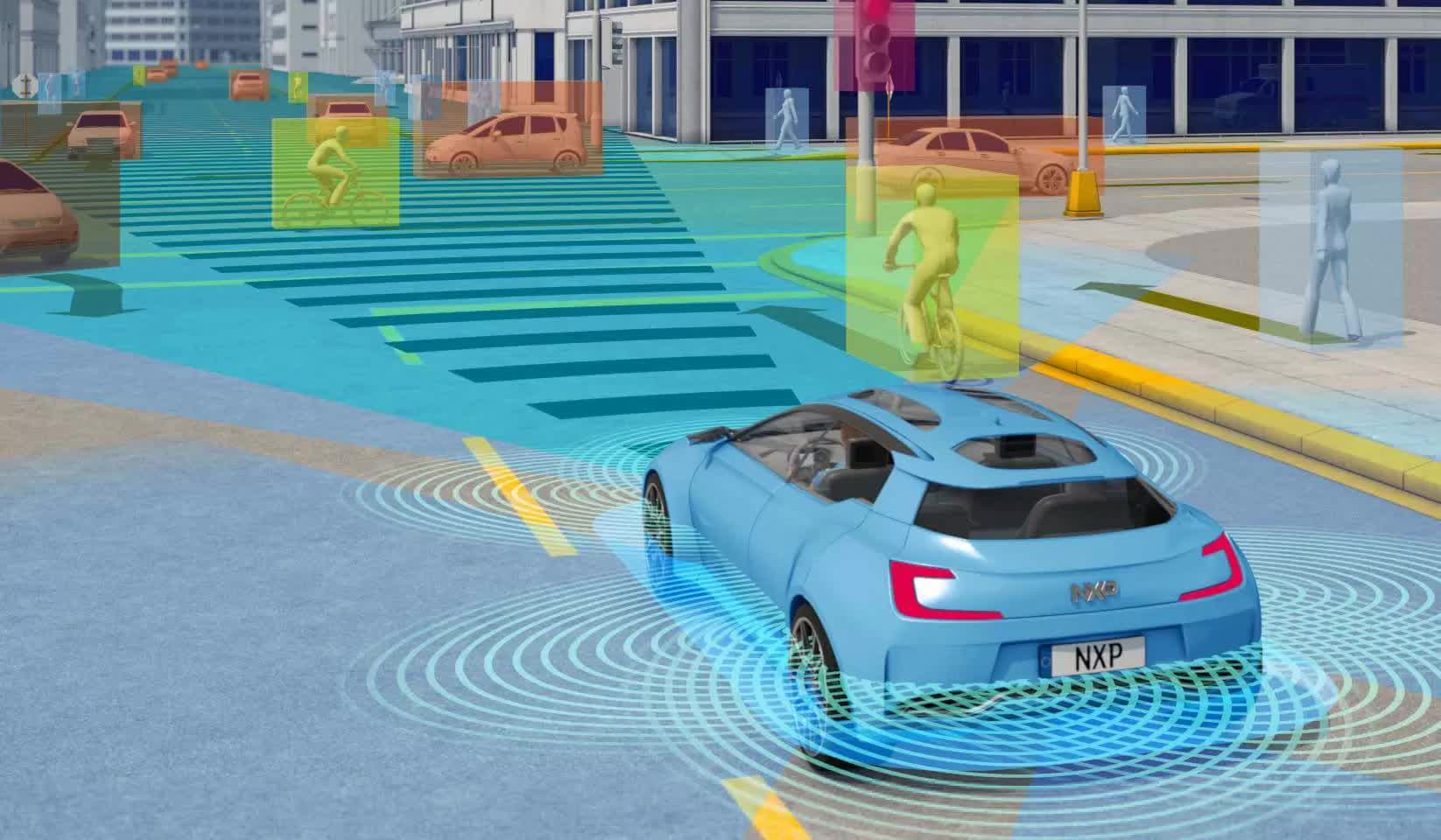In context: Traffic accidents are an unfortunate reality on America’s roads. The National Highway Traffic Safety Administration estimates a staggering 41,000 fatalities occurred in 2023. Autonomous car makers have promised a future where self-driving vehicles virtually eliminate traffic-related deaths, but things are never that straightforward.
InsideEV spoke to experts who insist that the solution to improving road safety already exists in advanced driver assistance systems, such as automatic emergency braking, lane-keeping assistance, and blind spot monitoring. Data from the Insurance Institute for Highway Safety (IIHS) supports the assertion. Its recent study shows that crashes under these scenarios have declined in vehicles equipped with driver assistance technology.
The report cites automatic emergency braking (AEB) as an example. This system first uses radar and cameras to scan the road ahead. It then checks whether the driver reacts to potential hazards. If not, AEB automatically brakes, preventing a collision. The study concluded that AEB lowered rear-end crashes by a significant 50 percent.
Senior Researcher David Kidd explained that allowing more autonomy, such as that offered by Tesla’s Autopilot and GM’s Super Cruise, can have the opposite effect. These systems lull drivers into a sense of false security, leading them to become dangerously distracted and complacent over time.
While Tesla touts its miles-per-accident stats to highlight Autopilot’s safety, high-profile fatal accidents involving self-driving cars have continued to occur, triggering federal probes. In one extreme incident, a Cruise driverless taxi ran over and stopped on a pedestrian hit by another vehicle. This accident prompted the California DMV to suspend GM Cruise’s permit.

“We’re not seeing any change in terms of safety,” Kidd claims. “[The] only benefits or any potential benefits are convenience and comfort.”
Meanwhile, Euro NCAP Technical Director Richard Schram says manufacturers selling self-driving tech in their cars hide the truth regarding their vehicle’s capabilities.
However, completely dismissing automation may not be a wise move either. Most of the technology is relatively new. Like any other system, it requires clocking many more miles before coming to a logical conclusion on its safety impact.
Complicating matters is that the data at hand is confusing and contradictory. While the National Highway Traffic Safety Administration (NHTSA) acknowledges distracted driving risks, it hasn’t definitively linked Level 2 systems to increased crashes.
Similarly, a recent Nature study suggests self-driving cars generally have lower accident rates than humans, except in certain conditions like dawn/dusk or when making turns. However, an separate analysis of NHTSA data found that crashes involving Level 2-equipped vehicles are rising. So, there doesn’t seem to be any consensus on the safety of AVs.
Despite the debate around self-driving safety, the NHTSA is moving to make systems like AEB, which have a solid record of reducing accidents, mandatory for all non-commercial vehicles by 2029.





